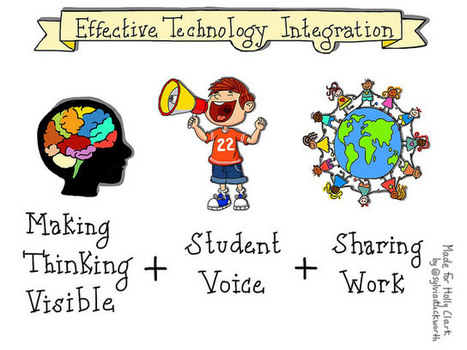Back in March, as I was conversing during a data meeting about ideas
to support students with fluency we discussed the idea of expanding the use of
technology during literacy which it seemed like the natural course for the
second graders. They were currently using apps like Razkids and Myon to read
and practice comprehension and many other apps to sharpen their skills in sight
word development, spelling, phonics and writing. However, this time they were going
to use the Chatter Pix app, to monitor their own fluency and share it with
others by sending it to a google classroom folder to track their growth. This was
the grand plan J.
To assist with their goal of improving their reading fluency I decided
to use
the Repeated Reading strategy. This instructional strategy uses repeated guided
oral reading practice and immediate error correction to improve reading rate,
accuracy, and comprehension. Students read short passages several times until a
level of fluency that is satisfactory is reached. One of the challenges of
this strategy is that students
may lose interest in the passage. Incorporating the Chatter Pix app and
graphing progress supported their motivation.
Students were excited to use the Chatter Pix app. The app allowed them
to take or select a picture or photo of their interest and make it talk with their voices. After
introducing and unpacking the learning target for the lesson, the students selected
a reading passage at their reading level to read. First, I modeled how to set one
IPad with the timer and the other with Chatter Pix. The students read the
passage up to four times and recorded the fifth read using the timer and the
recording app. Then they listened to it and emailed to me.
I had originally planned to create a google classroom for
them to e-mail to collect their scores, but due to the limited time with students
for this project, they just emailed me their Chatter recording instead.
Students were highly engaged and focused during the reading and recording time.
They wanted to come with me every day, every time they saw me around the school
they asked if it was time to come with me to record. The students demonstrated growth
in their fluency scores.

I would definitely take part of another CLC
again. It does not matter what your comfort level is with technology in the classroom
but a continuous professional-development plan, will help you to be as
effective as you can be. Technology is constantly changing it is vital that we
as educators stay current with new trends and developments in both pedagogy and
new technologies. We at school #9 are lucky we have a few “tech specialist” at our
school; we need to take advantage of their expertise.
Being part of the CLC offered me an opportunity
to observe and be part first hand of teachers’ collaboration and enhancement of
our pedagogical skills by conducting “mini action research” and reflecting
about what we have learned through the process. One of my “take away” from this
CLC experience is that even by taking small steps, we all can begin to reap the
benefits that technology can bring to our teaching and to student learning.
This approach does not have to be painful, and no one will become a technology-integration
whiz overnight. However, even with limited proficiency, with careful planning,
some risk taking, and an open mind, we can successfully use technology to
enhance our teaching and bring learning to life for our students. Our projects affected
our students’ learning positively even when some things did not go as plan.




